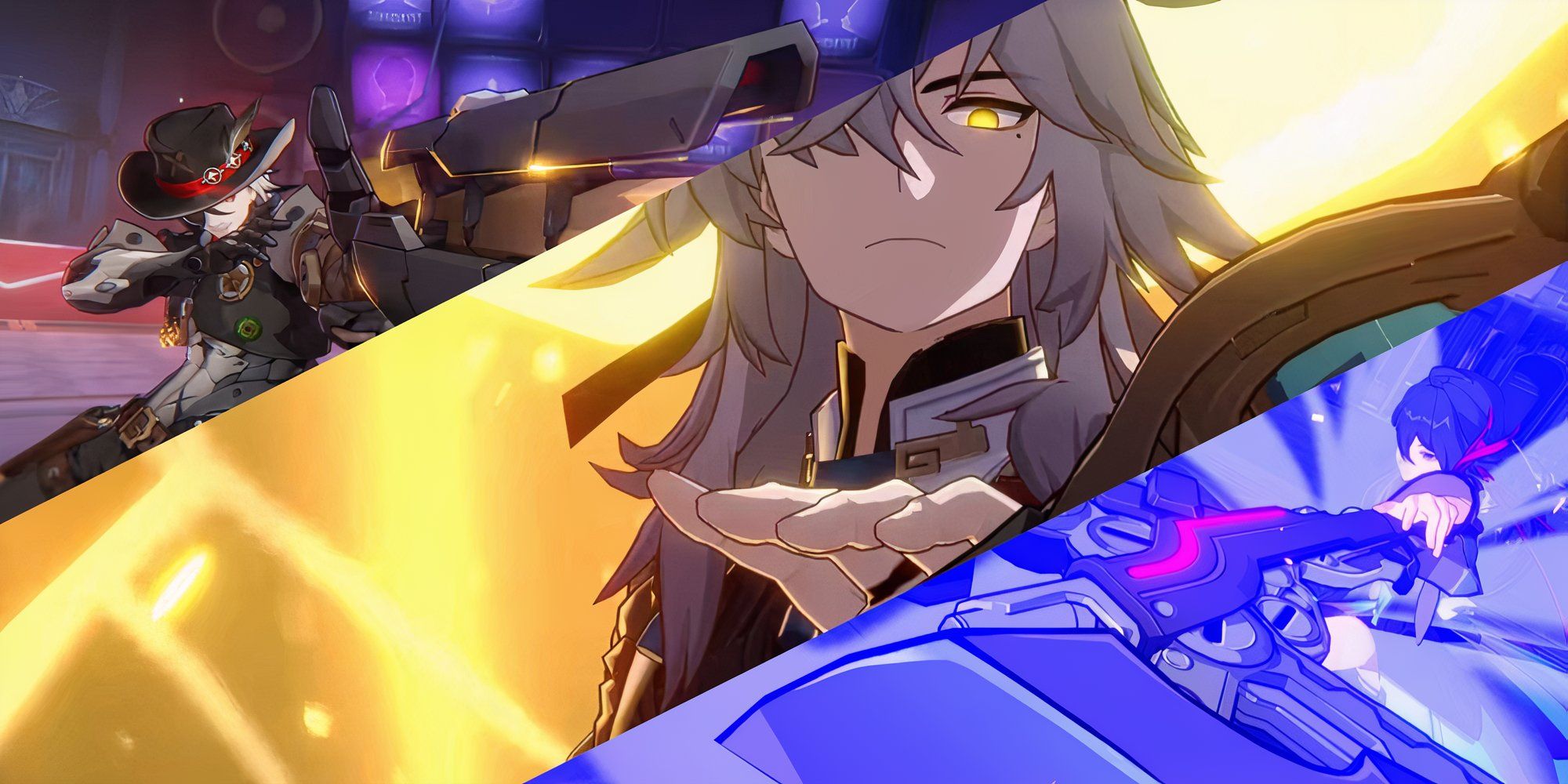
As someone who’s spent countless hours battling through the cosmos in Honkai Impact 3rd, I can confidently say that follow-up teams are a breath of fresh air in this game. While it’s true that they require a solid investment in 5-star characters, the variety and freedom they offer more than make up for it.
Whether it be a variation of another character’s kit, an improvement over it, their element, or a completely different playstyle, all of these aspects of a character’s kit must be carefully considered when releasing new characters in a Gacha game. Not to mention, Gacha games usually have an absurd number of playable characters which might make the game slightly intimidating for new players to really get into. Honkai: Star Rail is no different from other Gacha games on this topic, amassing 57 playable characters as of version 2.4.
Luckily, they’ve managed to distinguish each character well, making it enticing for players to root for them, and offering flexibility to strategize about the gameplay style one wishes to specialize in.
A crucial element in the game’s battles is the formation of effective teams. Without a well-coordinated group that complements each other, players may struggle to overcome certain story encounters, not to mention challenges in later game modes. Ideally, a team includes a support unit, one or more damage dealers, and one or more survivability units.
Each character belongs to a specific team classification, influencing the number of damage dealers (DPS) and support units they bring along. A well-balanced team of any type can handle content efficiently with adequate investment, but some teams may be more suitable for individual players based on their characters. Additionally, it’s worth noting that certain teams could be stronger, although they might necessitate limited characters that not all players may own.
5 Dual DPS
Unconventional But It Works
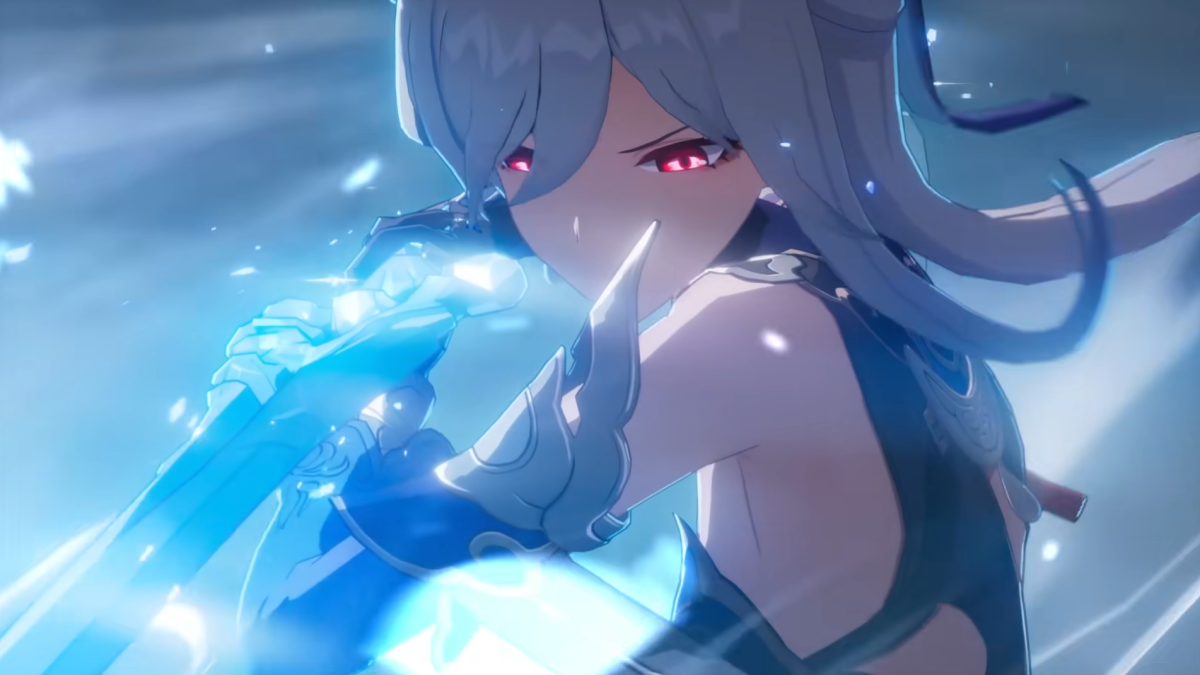
| Pros | Cons |
|---|---|
|
|
This ranking might come off as a surprise as many teams actually do have two DPS units on them, but more often than not those teams fall under the other team types. Dual DPS at its core just means a team that has two DPS units but there aren’t many DPS characters that have synergy with each other without specializing in a certain mechanic. If a team consists of 2 DOT DPS units, then that would make it a DOT team despite it still technically being a dual DPS team.
To give examples of dual DPS teams, Blade and Jingliu have synergy as Blade gains stacks for his talent ability whenever his HP is lowered, and Jingliu drains everyone’s HP when using her enhanced skill. Acheron, when paired with Silver Wolf, could also be considered a dual DPS team since Silver Wolf herself is capable of dealing a fair amount of damage when built a certain way while also providing stacks towards Acheron’s ultimate, but even this is a bit of a gray area as it could still be considered a hypercarry team with Acheron as the DPS.
One advantage of having a dual Damage Per Second (DPS) team setup is that it offers no restrictions or particular character requirements, making it an ideal choice for players who prefer a more relaxed gaming experience and aren’t overly concerned with following the game’s metagame. In this setup, players are free to pick characters they like for their unique personalities and enjoy playing together. However, it is worth noting that such teams may not be as powerful as those carefully designed to maximize synergy. Consequently, progressing through endgame content could prove challenging.
4 Hypercarry
All In On One DPS
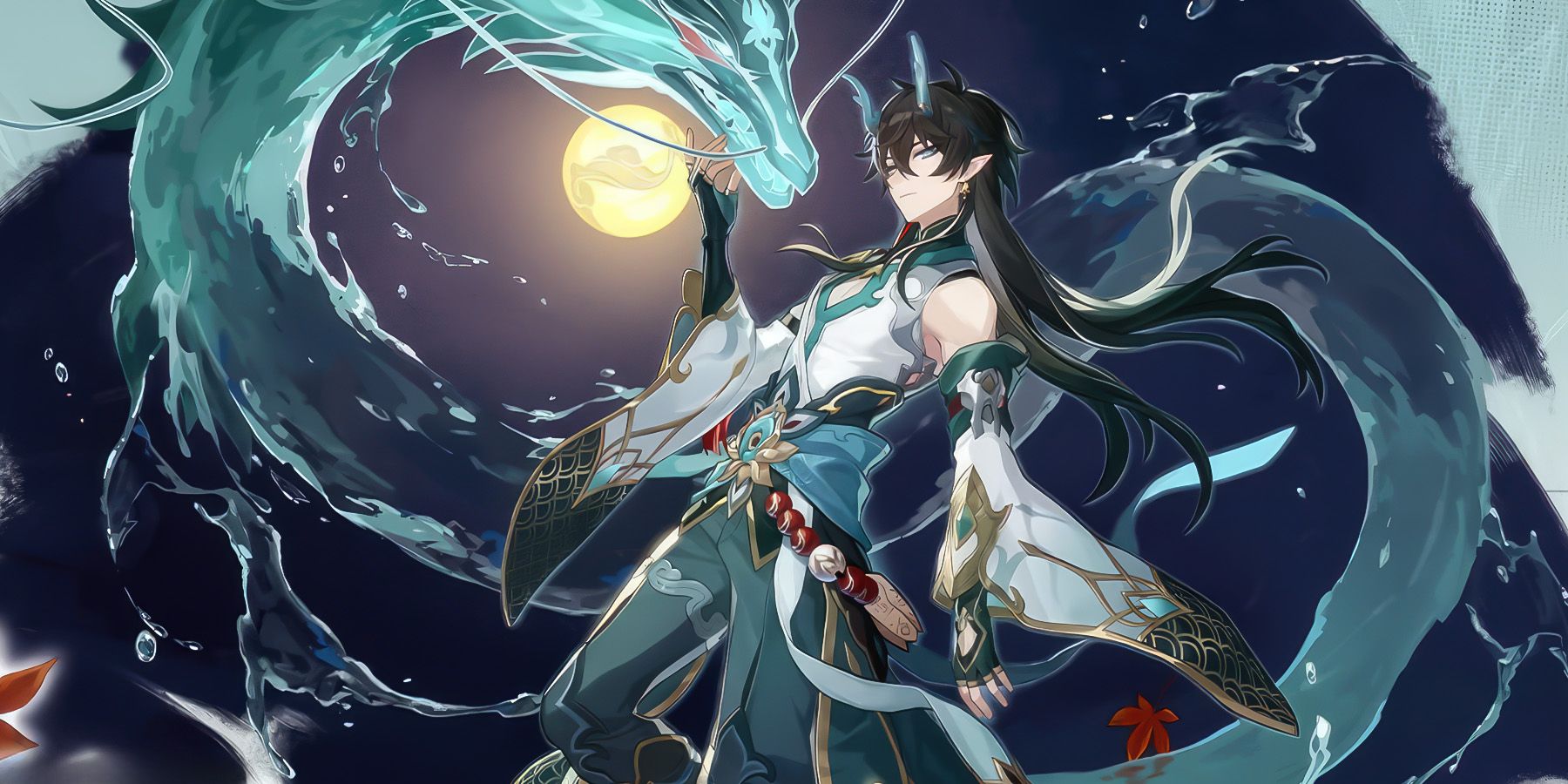
| Pros | Cons |
|---|---|
|
|
On the game’s launch, our team stood out as the primary meta team. However, it’s essential to acknowledge that if all team compositions are equally developed from hereon, the minor differences in their efficiency and sustainability might be negligible. Nonetheless, certain team types can be challenging to leverage effectively and may require more effort to construct, which is a significant drawback for hypercarry teams.
In a hypercarry team setup, supports serve as the fundamental foundation, much like bread and butter in a meal. If these supports are not well-constructed, the entire team structure weakens. Each support character has unique attributes that require attention, but almost all supports demand a high Speed stat. While they’re primarily boosting the damage output of other characters, on turns where this isn’t essential, their role is to generate skill points for those characters to utilize. If the supports lack speed, players may face issues with accumulating skill points, potentially causing delays in their play sequences.
3 DOT (Damage Over Time)
Playing The Long Game
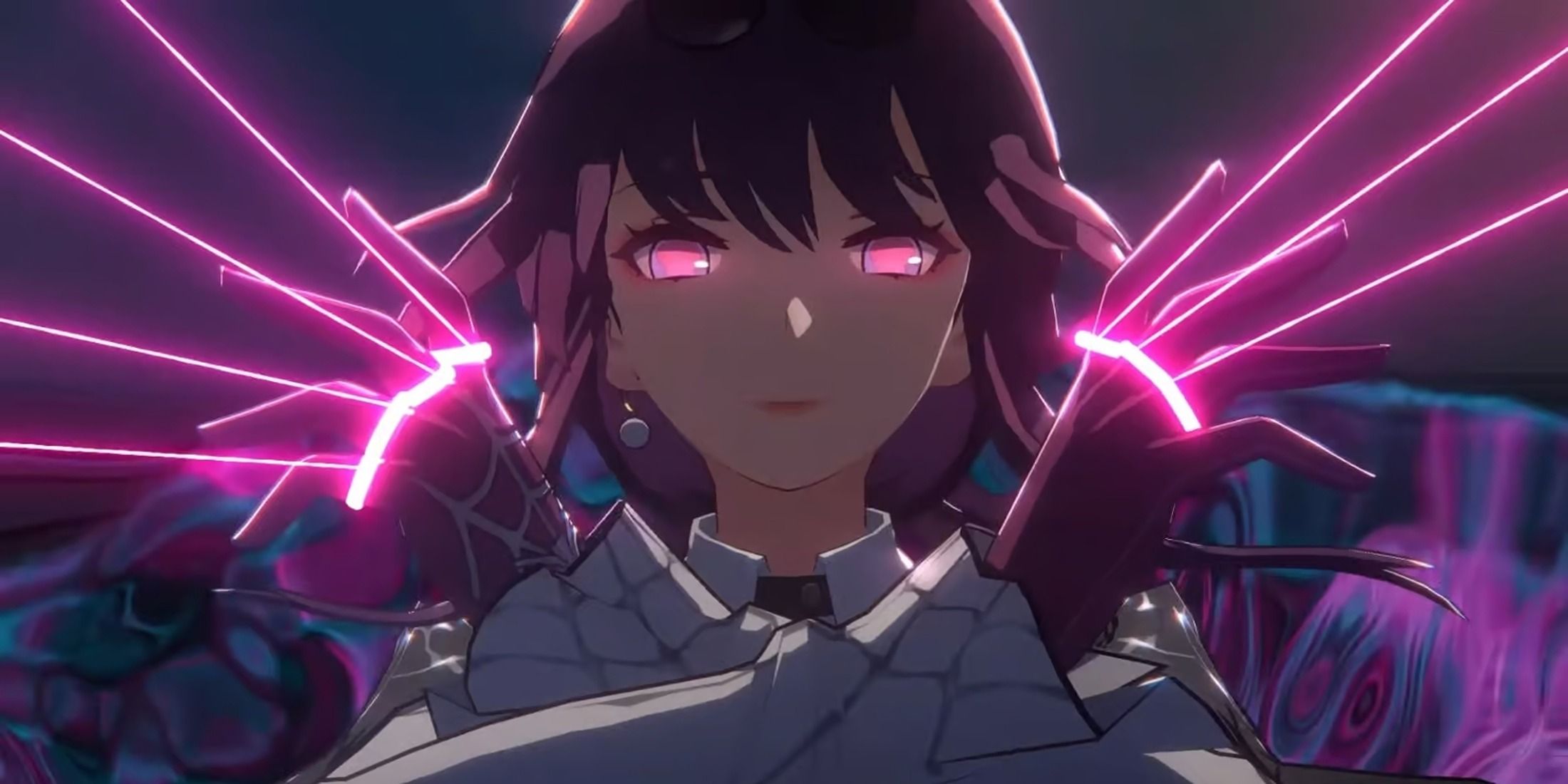
| Pros | Cons |
|---|---|
|
|
DOT teams’ greatest strength and weakness are both equally as important to consider if players are considering investing in this team type. While DOT teams are extremely reliable in almost every type of content, the main problem it has is there’s really only one team available for it if considering viability. While there are a number of DOT units in the game, Kafka is the core of every one of them. Kafka can detonate DOTs that have been applied to the enemy, ultimately making it so that players won’t have to wait for the enemy’s turn for them to take that DOT damage. Pairing her with any other DOT unit in the game can work, but it won’t offer the same level of reliability when compared to pairing her with Black Swan specifically.
In the game, each enemy has a limited quantity of Debilitating Over Time (DOT) effects they can bear, determined by the source of these DOTs. Normally, an individual character can afflict an enemy with two DOTs – one derived from their abilities and one from breaking the enemy’s weakness. Although a single unit can accumulate multiple DOTs of the same origin, the number of stacks merely indicates the number of turns the enemy has before taking damage from them. Black Swan’s DOT stacks function differently because every type of DOT increases her stack count, and all these stacks are consumed on the enemy’s turn, causing more damage depending on the number of stacks accumulated.
Instead of choosing a support character and opting for an additional DOT (Damage Over Time) unit, you could focus on boosting Kafka’s DOT explosions by doing so. However, it is usually wiser to utilize Black Swan along with a support character since Black Swan can lower enemy defenses, and the support can further increase damage output.
2 Follow-Up
Overwhelm The Enemy
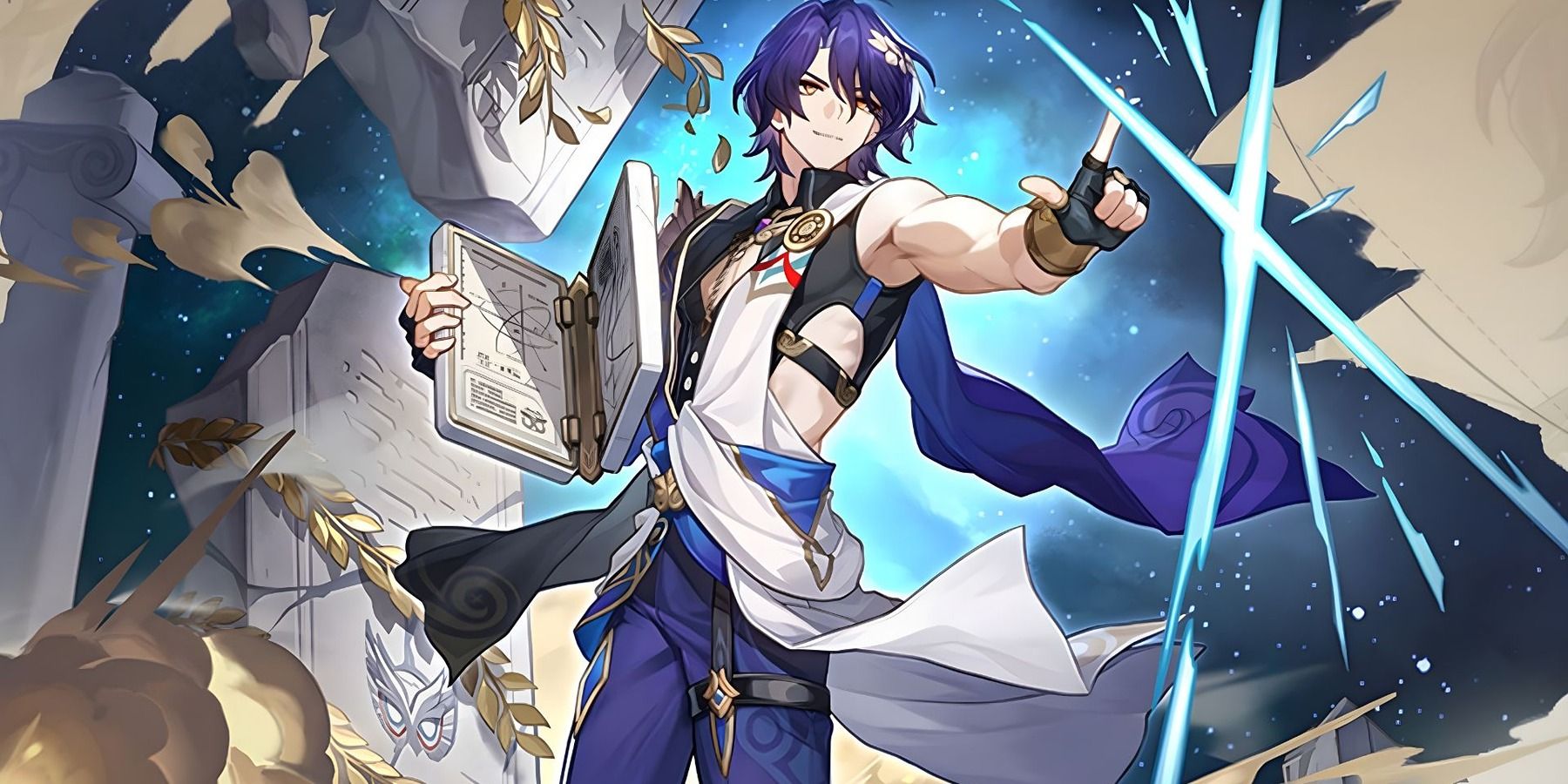
| Pros | Cons |
|---|---|
|
|
Building follow-up teams can be challenging due to the need for multiple characters with good Critical Hit (CRIT) ratios, and sometimes the necessity of drawing a rare 5-star character who has follow-up abilities. The scarcity of 4-star characters with follow-up attacks might seem discouraging, but it’s not all bad news. The abundance of diverse 5-star options more than compensates for the lack of 4-star alternatives in this regard.
While this does mean follow-up teams suffer the same problem DOT teams do in needing 2-3 5 star characters on the team, having more options offers a sense of freedom in deciding which playstyle to go for. This also means it’s possible to build more than one follow-up team to be used in different modes depending on what they’re good at. For example, the Himeko/Herta/Jade teams are among the best teams to run in pure fiction, whereas Aventurine/Dr. Ratio/Topaz would be better in Memory Of Chaos and Apocalyptic Shadow.
Every follow-up character has to meet a certain criteria to unleash their follow-up attacks, so optimizing team rotations and compositions to meet those criteria is crucial when running follow-up teams. Although the toughness reduction on follow-up attacks is lower compared to every other attack, follow-up teams are generally better at weakness breaking due to the sheer number of attacks the team will be executing. The number of attacks of course results in higher team damage, but weakness breaking the enemy also affects team damage as enemies naturally take more damage when weakness broken. While fun is subjective, follow-up teams provide extremely satisfying gameplay.
1 Break
Finish Them Off Quickly
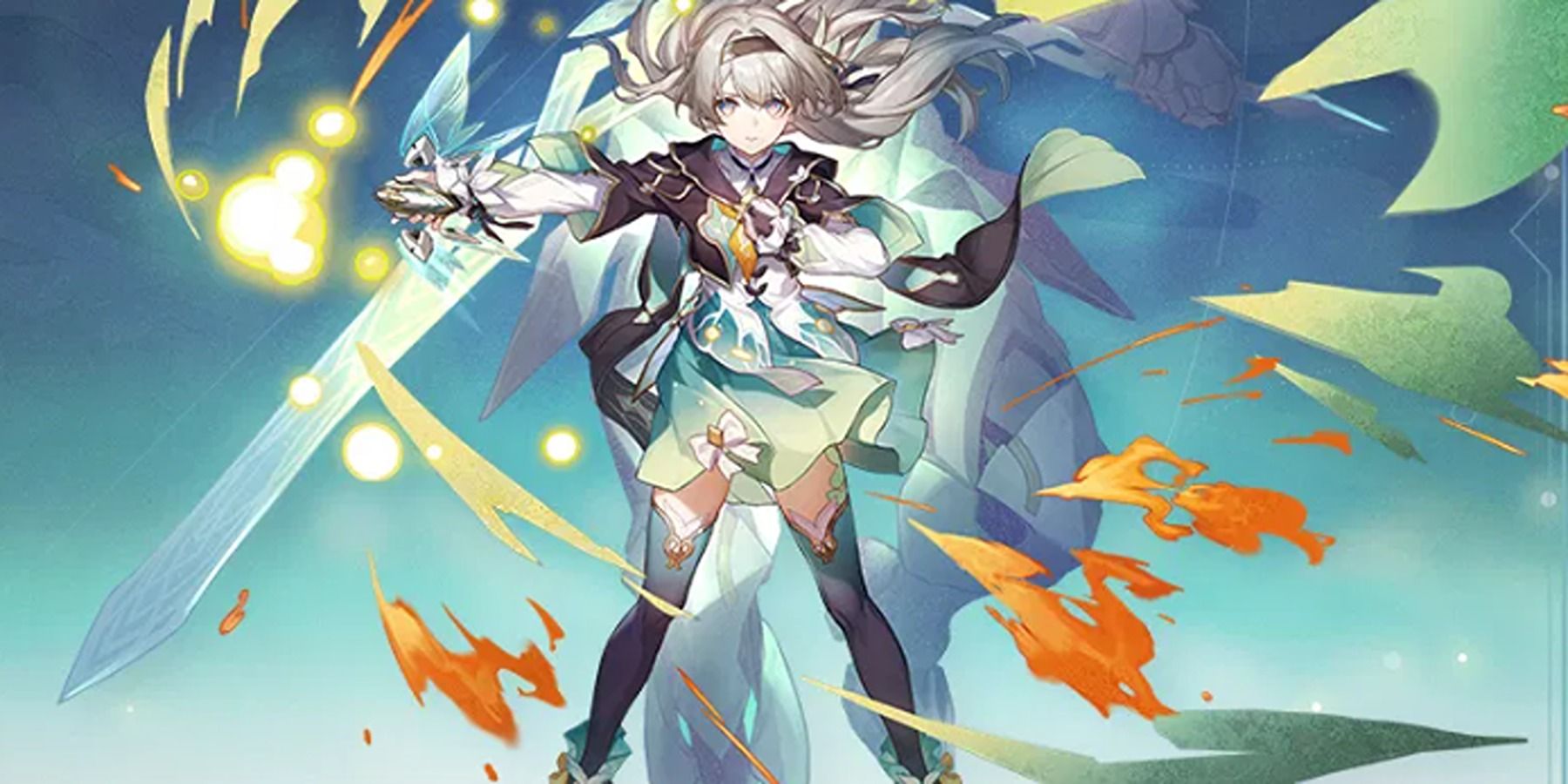
| Pros | Cons |
|---|---|
|
|
For break teams, there’s a significant shortage of both Damage Per Second (DPS) characters specifically designed for weakness breaking and support characters capable of aiding in this task. Typically, sustain units have minimal influence on team composition, but in the case of break teams, suitable candidates are scarce, with currently just one character who fits the bill (with two coming in version 2.5).
Given that break teams are a novel type of team in the game, these initial drawbacks can be overlooked. In fact, it underscores the strength of break teams if these drawbacks are accounted for. At present, this team is unrivaled as it leverages a fundamental aspect of the game, making it unlikely that it will ever significantly lose its dominance.
As a game enthusiast, focusing primarily on enhancing my Break Effect and Speed stats usually yields optimal results. You see, characters with Break DPS excel at dishing out greater damage when they’re exploiting an enemy’s weakness or one that has already been weakened. With the introduction of the Super Break mechanic, the significance of boosting my Break Effect becomes even more apparent. Although the formula for calculating Super Break can be complex, the essence is simple: a higher Break Effect means I deal more damage.
1. Using support abilities in a breakdown team enhances the team’s Breaking Power, making it simpler to develop characters for this team type. This is because breakdown DPS can deal an extremely high amount of damage, even with less than optimal builds. Speed (SPD) is crucial in a breakdown team to ensure the team gets enough turns to break enemy weaknesses as quickly as possible, and supports can also generate skill points to aid in this process.
Read More
- ACT PREDICTION. ACT cryptocurrency
- W PREDICTION. W cryptocurrency
- PENDLE PREDICTION. PENDLE cryptocurrency
- How to Handle Smurfs in Valorant: A Guide from the Community
- NBA 2K25 Review: NBA 2K25 review: A small step forward but not a slam dunk
- Exploring Izanami’s Lore vs. Game Design in Smite: Reddit Reactions
- Overwatch Director wants to “fundamentally change” OW2 beyond new heroes and maps
- Aphrodite Fanart: Hades’ Most Beautiful Muse Unveiled
- Destiny 2: How Bungie’s Attrition Orbs Are Reshaping Weapon Builds
- Valorant Survey Insights: What Players Really Think
2024-08-18 07:05